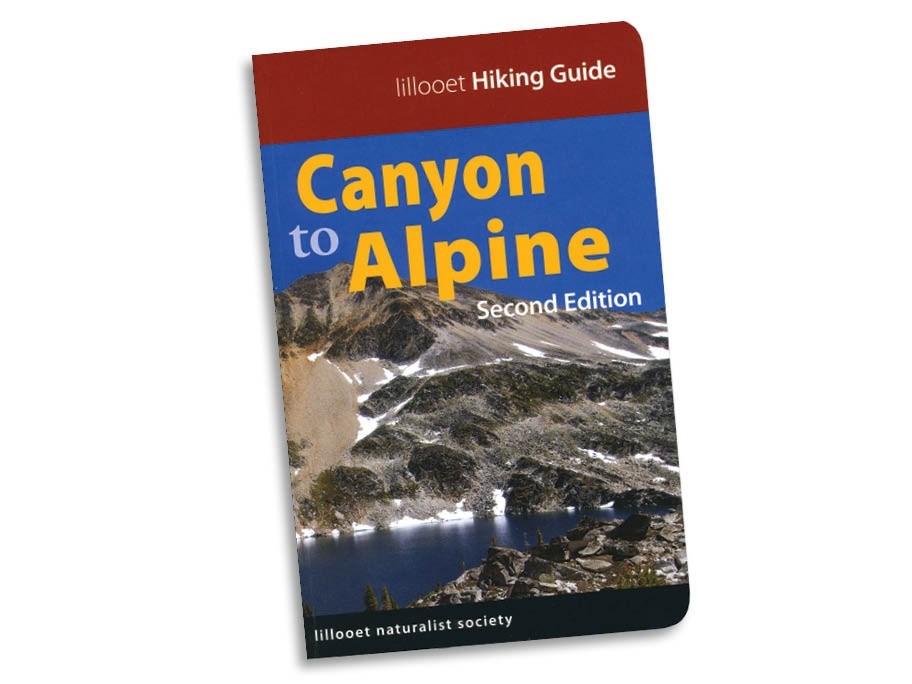For the most part, Whistler is a hiker's paradise.
No one in town lives more than a few minutes walk from a hiking trail that, in most cases, is a gateway trail to an amazing spiderweb of other trails. So why a Lillooet hiking guide?
Sometimes, particularly if your hiking history includes a lot of dryland treks, you just need to get the heck out of the coastal rainforest and into the rain shadow.
And Lillooet is a natural jumping off point into several very diverse ecosystems. Within the scope of the Lillooet Hiking Guide, you can experience deeply forested coastal mountains, vast Fraser River canyons, high alpine lakes, and near deserts.
Besides, there are few more exhilarating drives — or, for those of you with a granfondo bent, pedals — than Whistler to Lillooet and, armed with the Lillooet Naturalist Society's latest trail guide, there's no good reason not to hit the dusty, and otherwise, trails around mile '0.'
The town of Lillooet was mile '0' of the original road to the Cariboo gold rush in the late 1850s. And the Mile '0' cairn on Main Street is the starting point of 32 day hikes explored in the Lillooet Hiking Guide.
While this makes for an easy reference point for most of the book's hikes, it either means a lot of backtracking or some recalculating if you're coming from Whistler and wishing to explore any of the seven hikes in the mountains south of Lillooet, along Highway 99.
But for my money, the payoff of this guide is the chapters that explore hikes along North Highway 99, West Pavilion Road, along Highway 40 through the steep canyon of the Bridge River and Highway 12 — if you're brave enough — along the east side of the Fraser.
These are areas that showcase the vast panorama of the landscape that radiates from Mile '0.'
Generously illustrated with Ian Routley's colour photographs, the Guide is both thorough and easy to follow. Each route is rated for difficulty, with distance, elevation gain and estimated duration outlined.
Directions from Mile '0' are meticulous if occasionally approximations, given the vagaries of forest roads.
Perhaps intentionally, the portions of topo maps reproduced to give a general idea of the hike are clearly only for illustration. You'd be crazy to undertake most of the hikes in this book without the full map — identified in the hike's description — in your pocket and reasonably good map reading and compass skills.
Aside from describing some new territory to explore, the Guide, perhaps celebrating the Lillooet Naturalist's detailed understanding of the area, includes a generous description of the geology, flora and fauna hikers will be able to enjoy as they get to know this area.
Hey, sometimes a guy just has to get out of town and see something entirely different.




